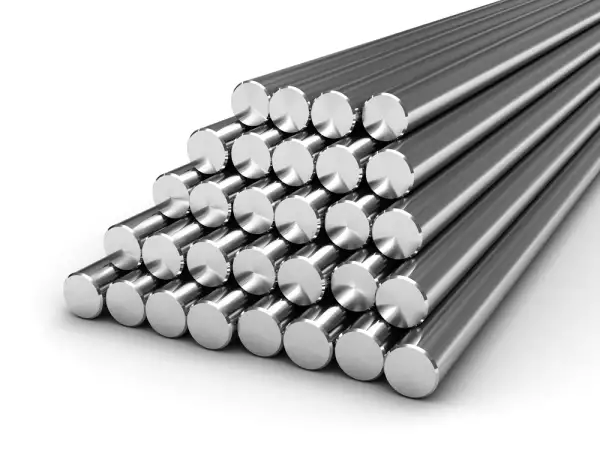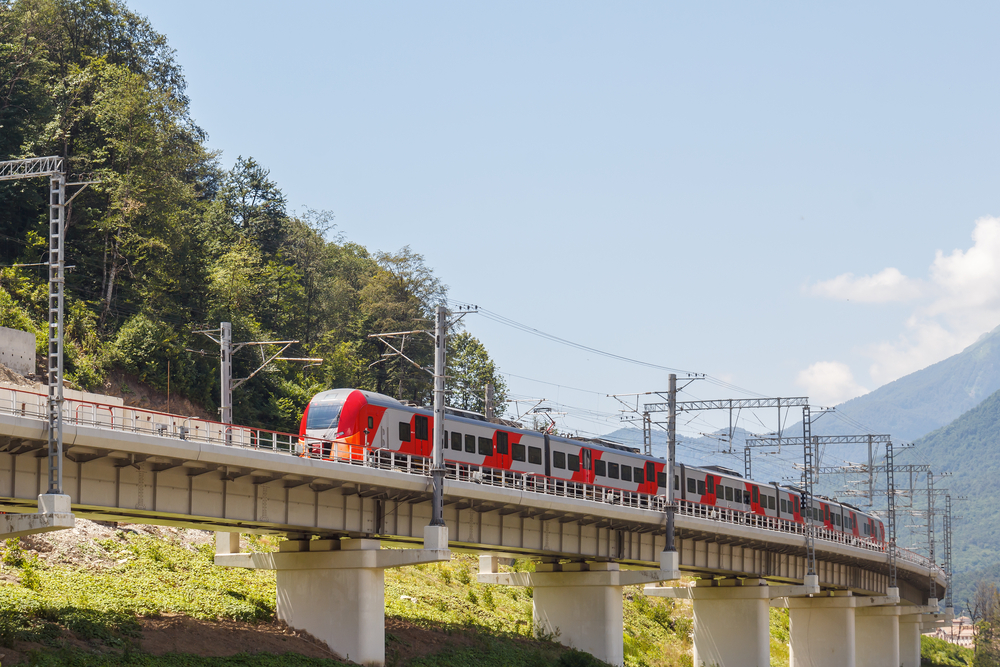
Recently, close attention to environmental issues has become a powerful drive for the development of railroad transportation. It is because now, it is important to know both how the product was manufactured and that it was delivered in an environmentally friendly manner. Electric traction has been known in railroad for almost 100 years. Here, large horizons exist for the use of Russia’s territory for transit corridors, but we will have to either electrify existing railroads or build new electrified ones in the areas with harsh climate.
On the other side, intra-urban railroads are becoming increasingly popular. To create this type of transport, we need to solve the problem of electrifying steel roads located in dense city districts, near infrastructure facilities.
These aspects indicate that the grounding design problem for electrified railroads is currently becoming more and more complex.
Main regulatory documents
Not all provisions in the EIC and GOST developed for general grounding cases can be used in rail roads. In particular, this is shown in preamble to GOST 12.1.030-81 Occupational Safety Standards System. Electric Safety.
Protective Conductive Earth, Neutralling, clearly stating that the standard does not cover the electrified transport. Moreover, GOST R 58882-2020 governing the parameters of grounding arrangement and potential equalizing systems does not cover railroad transport facilities.
A list of regulatory documents that govern grounding for railroad infrastructure items is provided at here.
Among the listed documents, Instructions for Grounding Power Supply Devices in Electrified Railroads is the most important for design. TE-191. It was approved by the Ministry of Railways of the Russian Federation on 10 June 1993. You can use link to familiarize with the main provisions of this document. The main problem of these standards is that they were adopted in the time when the country's rail road was managed by the Ministry of Railways (MoR). The clearest example is item 2.1.9 of the Instructions: "Other MoR-approved methods are also allowed if they provide the resistance of the rail joint at DC areas not exceeding the resistance of 3 m of a whole rail...". The following question arises: "Who is a legal successor of the Ministry of Railways in this case: the Ministry of Transportation of the RF or JSC RZD?" That is, who should approve the use of a method of electrical connection of traction railways?
Note that, although generally TE-191 does not contradict the requirements of the EIC Rev. 7 (by the way, at the moment of creation of these instructions, a previous revision of the EIC was effective), the specifics of the railroad transport also defines some contradictions between the documents. For example, item 1.7.82 of the EIC Rev. 7 prescribes the connection of metal sheaths of telecom cables to a common circuit for potential equalization, but item 3.1.10 of TE-191 does not allow this for traction substations.
Instructions TE-191 contain many additional requirements relative to the EIC Rev. 7. For example, for DC traction substations, two grounding circuits are introduced: for the grounding bus and for the natural grounding arrangement. Items 3.1.7 and 3.1.8 of the Instructions clearly state, what devices and equipment elements should be connected to which grounding circuit. In the EIC Rev. 7, there are no such details due to the fact that the 3.3 kV DC voltage in a "typical" power engineering is not usually used outside the electrical transport.
Implementation of modern digital automation systems at railroads, as well as fiber optic cables for communication required the development of new standards for the protection of the equipment against lightning strikes and, which is typical for electrified railways only, surge overvoltage. Therefore, GOST R 58232-2018 Railway Infrastructure Objects. Complex Protection against Lightning and Transient Surges. General Requirements came into effect in 2019. According to the Note to Section 6.1 of this GOST, its provisions, in terms of general requirements to the grounding system to protect against atmospheric and switch surges, do not cover traction substations. However, the note is applied to this section only, e.g. Section 6.8 mentions traction substations many times.
Since the status of GOST is higher than that of the industry instructions, the application procedure of both documents seems to be as follows. If a grounding arrangement is intended to protect from atmospheric and switch surges, one should be guided by the requirements of GOST R 58232-2018. In other cases, one should follow the requirements of TE-191. Moreover, TE-191 should be used if particular elements of railroad infrastructure are not specified in GOST R 58232-2018.
Specifics of railroad transport
The design of the grounding arrangement at the railroad transport facilities is made according to the special standards which are often different from those adopted for many other types of facilities.
The most striking example is power supply using the "two wires and a rail" scheme, which is often used for non-traction consumers. In this case, the substation receives 27.5 kV and sometimes 35 kV. Grounding using this method is governed by TE-191, item 3.10. PTS is grounded to the rails, and an additional compensating grounding circuit is created for which the resistance is not rated. For PTS up to 25 kVA, grounding is allowed not to the rails but to an independent grounding circuit made as a compensation circuit. The TE-191 standards prescribe that the resistance of such circuit should not exceed 5 Ohms. This differs from the standards in the EIC Rev. 7, wherein the PTS grounding resistance (for 6-10/0.4 kV), in this case, should usually not be more than 4 Ohms.
In some cases, an additional remote grounding arrangement located at the distance at least 20 m may be used. It provides grounding for a neutral wire of a three-phase 0.4 kV grid running to consumers. A remote grounding arrangement is mandatory if consumers provide grounding to a neutral wire. A spark arrester is included between the primary and remote grounding arrangement. Although this option of grounding is not described in the EIC Rev. 7 and GOST R 58882-2020. To implement it, one has to have knowledge and experience in designing grounding systems for the railroad transport.
Possible problems in design
The presence of several documents governing the grounding arrangement for the railroad, obsolescence of several of them, as well as the availability of contradictions in various documents may lead to design challenges. Let's provide several examples of such problems.
An important feature of the grounding system in the railroad is the use of rails for this purpose. In some cases, such grounding arrangement method is preferred, while in others it is mandatory.
According to item 2.1.3 of the Instructions TE-191, the railroad designs, irrespective of their intended use, are divided into two zones depending on the arrangement relative to an end wire. In zone A, all metal structure elements should be grounded to rails.
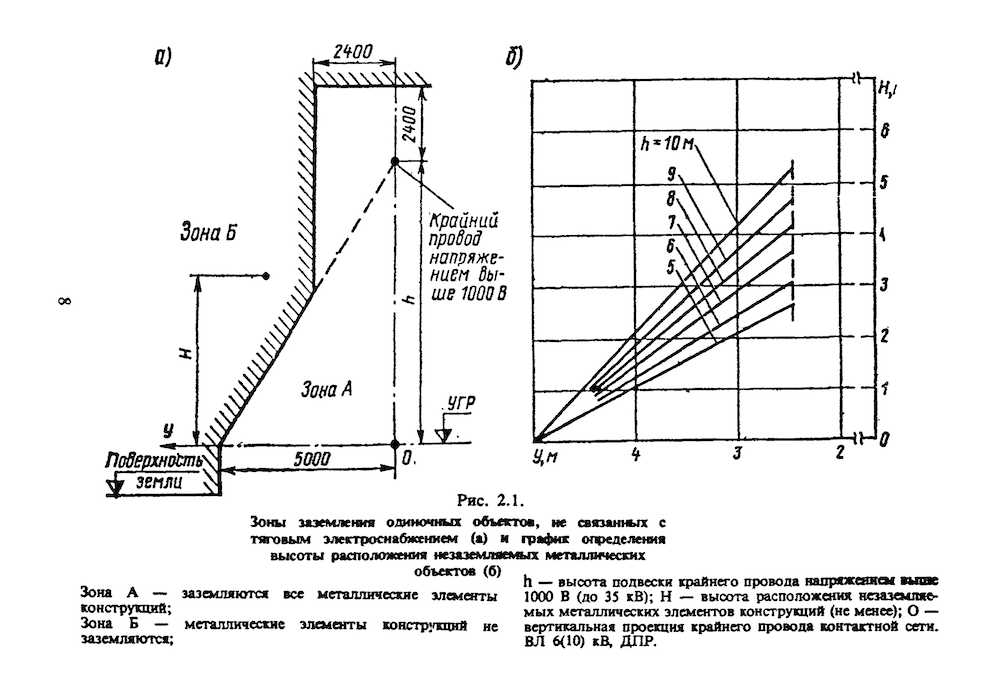
Зона Б - Zone B
Зона А - Zone A
Крайний провод напряжением выше 1000 В - End wire over 1,000 V
Поверхность земли - Earth surface
Рис. 2.1 - Fig. 2.1.
Зоны заземления одиночных объектов, не связанных с тяговым электроснабжением (а) и график определения высоты расположения незаземленных металлических объектов (б) - Grounding zones for single facilities not related to traction power supply (a) and chart for determining the height of location of ungrounded metal facilities (b)
Зона А – заземляются все металлические элементы конструкций; - Zone A – all metal parts of the structures are grounded;
Зона Б – металлические элементы конструкций не заземляются; - Zone B – metal parts of the structures are not grounded;
h – высота подвески крайнего провода напряжением выше 1000 В (до 35 кВ); - h – height of end wire location with voltage over 1,000 V (up to 35 kV);
H – высота расположения незаземляемых металлических элементов конструкций (не менее); - H – height of location of ungrounded metal parts of structures (not less than);
О – вертикальная проекция крайнего провода контактной сети, ВЛ 6(10) кВ, ДПР. - O – vertical projection of end wire of the contact system, HVL 6 (10) kV, DPR.
Item 2.3.15 of the Instructions recommends locating the equipment not directly related to power supply of the trains in zone B, which precludes from the need to ground metal parts to the rails. Note that, today, especially in electrification of a railroad running through a dense urban settlement, this recommendation cannot be followed in all cases. In this case, we are talking about the recommendation, since the Instructions do not contain a direct prohibition to locate, e.g. communication equipment, in zone A.
According to item 6.4.4 of GOST R 58232-2018, grounding arrangements of two or more closely located buildings or structures, if electrical cables up to 1 kV pass therethrough, should be connected, if a following condition is met. For typical railroads, the distance is less than 40 m. For high-speed railroads, the distance is less than a sum of diagonal lines of the buildings or structures multiplied by 2.5.
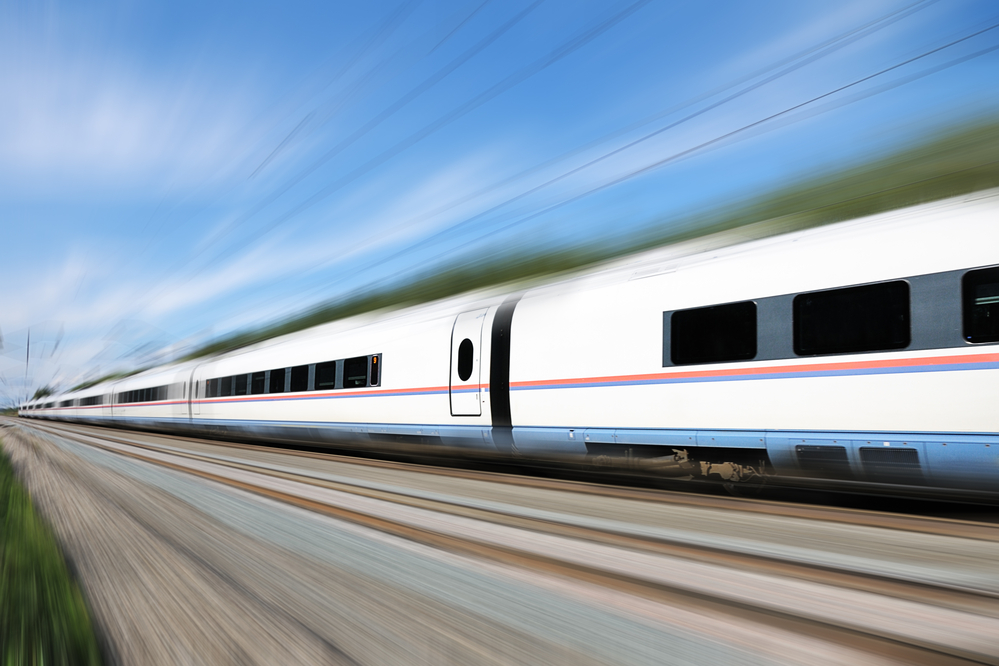
But GOST R 58232-2018 does not contain a clear definition of a "high-speed railroad". Moreover, there is also no such definition in other official documents in our country yet. If we take an international definition, then such roads do not exist in Russia yet and will not appear for several next years. In a common sense, an idea is that the high-speed railroad allows particular train types to move along them (Sapsan, Strizh, Lastochka) at the speeds significantly exceeding the common ones. It means that we can talk about railroads Moscow - Saint Petersburg and Moscow - Nizhny Novgorod. In this case, based on the meaning of provisions of GOST R 58232-2018, we can conclude that, for the document developer, the difference between a common and a high-speed railroad is in abundance of modern electronic, especially digital, automation systems in the road infrastructure.
The contradictions complicating the design can include the following provisions. Item 6.8 of GOST R 58232-2018 provides for the grounding rules for transformer substations and power supply systems, including traction substations. These rules differ from those provided in TE-191. Taking into account that TE-191 contains a wider range of grounding functions (more than protection against atmospheric phenomena and switch surges) we cannot use only standards provided in Section 6.8 of GOST R 58232-2018. It is because, usually, a common grounding circuit is used both for the protection against pulse surges and for the protection of the personnel.
Conclusions
So, let's list main problems that have been considered in the article.
- A railroad transport is a very specific industry. Rightly so, the railroads are sometimes called "a state within a state". Hence, if a designer has mastered the calculation of grounding systems for other types of facilities, he would have to gain more knowledge to create a design for a railroad. Moreover, it is desirably to have an experience in designing grounding systems for railroads.
- An effective GOST for grounding does not cover electrical transport, and the EIC Rev. 7 does not contain many of important details specific for railroad.
- The designers have two main documents: obsolete instructions TE-191 and current GOST R 58232-2018, where only two grounding functions are considered. There are contradictions between these documents, which can only be understood by experienced specialists.
- GOST R 58232-2018 repeatedly refers to the term "high-speed railroad", which has no official definition in the Russian Federation.
But we can cope with these problems. Contact ZANDZ.com Technical Center to get a free-of-charge calculation of grounding taking into account both a regulatory base and an extensive experience of the center's specialists.
Related Articles:
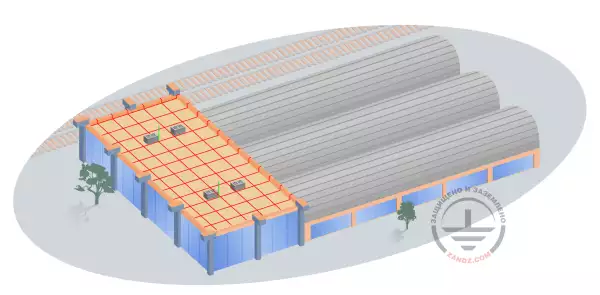 Lightning Protection Design for a Railroad Terminal and Station
Lightning Protection Design for a Railroad Terminal and Station
 Electrolytic Grounding in Permafrost Soils: Should Vertical of Horizontal Electrodes Be Used?
Electrolytic Grounding in Permafrost Soils: Should Vertical of Horizontal Electrodes Be Used?

